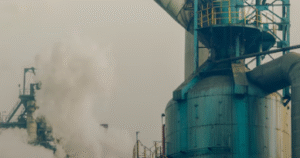#CoffeePrices #ArabicaCoffee #RobustaCoffee #ICEFutures #CommodityMarkets #ContractHigh #MarketTrends #FinancialNews
Coffee prices experienced a notable uplift in the markets on Wednesday, particularly evident in the trading of both arabica and robusta beans. The May arabica coffee (KCK24) futures notably closed up, achieving a 1.61% increase, adding a subtle yet positive shift to its trading value. On another front, the robusta coffee sector experienced a more pronounced surge, with May ICE robusta coffee (RMK24) futures climbing sharply by 4.06%. This increase not only signifies a notable day-to-day growth but also brought May robusta to post a new contract high, highlighting the strength and potential within the coffee commodity market.
The achievement of a contract high by May robusta futures underscores the current dynamics and bullish momentum within the coffee market. Similarly, the nearest-futures robusta (H24) marked a significant uptrend, reaching a 6-week high, which further illustrates the robust demand and optimistic market sentiment surrounding robusta coffee. This bullish trend in robusta, coupled with the steady gains in arabica futures, paints a buoyant picture for coffee prices, driven possibly by a mixture of supply constraints, increased demand, and speculative trading activities within commodity markets. These elements combined contribute to a vibrant trading atmosphere, influencing the prices and providing key insights for investors and stakeholders involved in the coffee industry.
The rise in coffee prices, particularly the sharp increase in robusta futures, could have far-reaching implications for the global coffee market. For producers, especially those in regions predominantly cultivating robusta beans, this could mean higher export revenues and possibly an expansion in cultivation areas. On the consumer end, however, the surge in coffee prices may translate to higher retail prices for coffee-related products, impacting consumer consumption patterns. Nevertheless, the current price movements underscore the volatile nature of agricultural commodities and the myriad of factors influencing them. As the market responds to these dynamics, stakeholders across the value chain will be keenly watching the trends for indications on future movements and market stability.







Comments are closed.